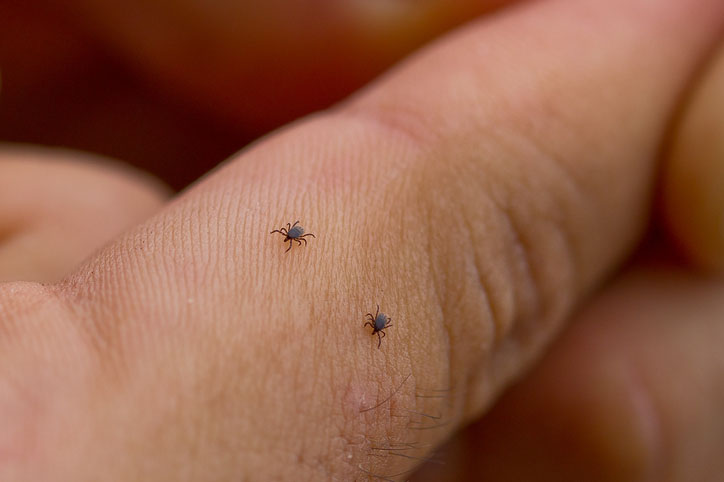Meningitis and Encephalitis in Cats
- Brain, Spinal Cord, and Nerve Disorders of Cats
- The Nervous System in Cats
- Parts of the Nervous System in Cats
- Nervous System Disorders and Effects of Injuries in Cats
- The Neurologic Evaluation in Cats
- Principles of Therapy of the Nervous System in Cats
- Congenital and Inherited Disorders of the Nervous System in Cats
- Disorders of the Peripheral Nerves in Cats
- Disorders of the Spinal Column and Cord in Cats
- Dysautonomia in Cats
- Facial Paralysis in Cats
- Central Nervous System Disorders Caused by Parasites in Cats
- Leg Paralysis in Cats
- Meningitis and Encephalitis in Cats
- Motion Sickness in Cats
- Rabies in Cats
- Tick Paralysis in Cats
Also see professional content regarding meningitis and encephalitis.
Inflammation of the meninges, the membranous covering of the brain and spinal cord (meningitis), and inflammation of the brain (encephalitis) often are seen simultaneously (meningoencephalitis), although either can develop separately. Causes of meningitis, encephalitis, and meningo-encephalitis include infection by bacteria, viruses, fungi, protozoa, rickettsia or parasites. In some cases, the immune system is involved or the cause is unknown. In cats, especially adult animals, viruses, protozoa, and fungi are more frequent causes of meningitis and encephalitis than are bacteria.
The usual signs of meningitis are fever, neck pain and rigidity, and painful muscle spasms. Cats may have these signs without any sign of brain or spinal cord dysfunction. However, in meningoencephalitis, depression, blindness, partial paralysis of the face or limbs, loss of balance or motor control, seizures, behavioral changes, agitation, head tilt and circling behavior, and loss of consciousness (including coma) can develop, depending on the severity and location of the inflammation. The analysis of cerebrospinal fluid from a spinal tap is the most reliable and accurate means of identifying meningitis or encephalitis.
Cases resulting from an immune system disorder can be treated with corticosteroids or other medications that alter the immune system. Infections caused by protozoa and certain bacteria can be treated with appropriate antibiotics, and fungal infections can be treated with specific antifungal drugs. The outlook for recovery depends on the cause, the severity of the infection, and whether or not the infection has resulted in irreversible damage to the nervous tissue. Supportive care may include pain relievers, anticonvulsant drugs, fluids, nutritional supplements, and physical therapy.
- Brain, Spinal Cord, and Nerve Disorders of Cats
- The Nervous System in Cats
- Parts of the Nervous System in Cats
- Nervous System Disorders and Effects of Injuries in Cats
- The Neurologic Evaluation in Cats
- Principles of Therapy of the Nervous System in Cats
- Congenital and Inherited Disorders of the Nervous System in Cats
- Disorders of the Peripheral Nerves in Cats
- Disorders of the Spinal Column and Cord in Cats
- Dysautonomia in Cats
- Facial Paralysis in Cats
- Central Nervous System Disorders Caused by Parasites in Cats
- Leg Paralysis in Cats
- Meningitis and Encephalitis in Cats
- Motion Sickness in Cats
- Rabies in Cats
- Tick Paralysis in Cats





